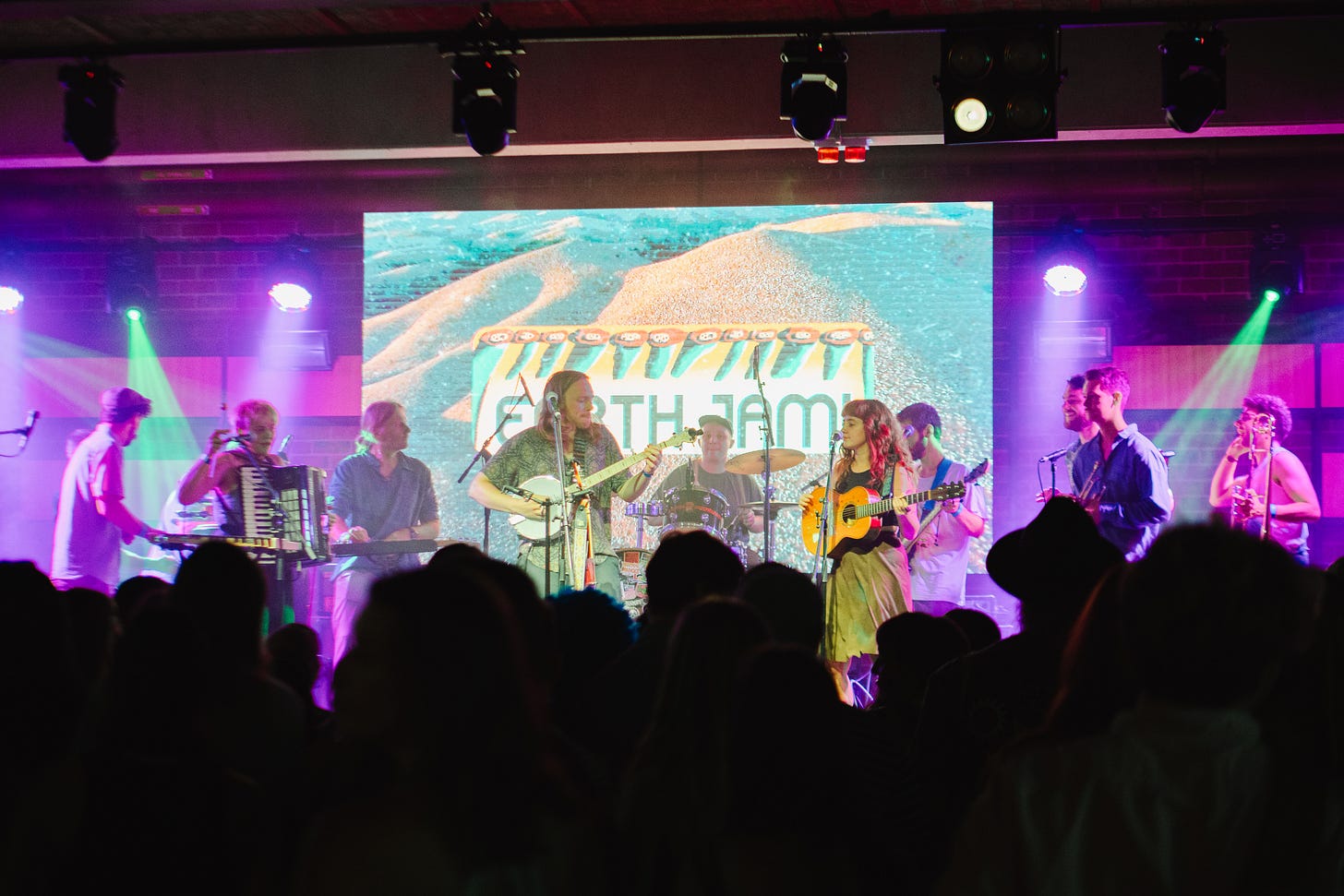
On February 10th, 2024, the Adelaide UniBar hosted Earth Jam, a beautifully engaging mini-festival organised by Conservation SA and the Nature Conservation Society of South Australia that brought together art, music, and environmental communities to celebrate our collective vision for a brighter, greener future. The festivities included musical performances from Naarm/Melbourne’s Zoe Fox and the Rocket Clocks, Kaurna Land-based bands Druid Fluids, Gallery One, Tell Mama, Bromham, and Naomi Keyte, stalls from environmental organisations, speeches, roaming interviews, and performance art by The Bait Fridge. These delightful ingredients produced an uplifting evening that was both entertaining and informative, providing a welcoming platform for activists and artists alike to discuss and learn about important issues relating to environmentalism, climate change, and conservation. As an attendee, I had the chance to watch some of my favourite local bands as well as listen to some powerful speeches by environmental leaders and engage with a number of the stalls, gaining not only enjoyment but insight from the event.
Like many, I left Earth Jam with mixed feelings: given the intense importance of the topics discussed, it is impossible to not fear for the future of our planet, and contemplate how we can save it, both as individuals and community. But strongest of all my feelings was the hopefulness I felt after Earth Jam, mixed in with a dash of cautious optimism. To share a space with so many like-minded individuals who care for environmentalism filled me with hope that together we can make a difference. But, we can’t do it alone. As far as I’m concerned, we need systematic change and the support of our political leaders. I’m no expert though, so I visited Earth Jam’s co-organiser Charlotte Nitschke at The Joinery in late February to discuss the festival and the outstanding range of environmental work she does with Conservation SA.

Charlotte (or Char) is an activist and campaign organiser living and working on unceded Kaurna Land. Her work involves championing various issues, such as working nationally with conservation councils across the country to champion the survival of the Murray-Darling Basin, our greatest river. She coordinates a citizen science project called Reef Watch, and most recently was pivotal in bringing about Earth Jam, which “nearly killed her” according to one of my friends. Char is also a co-organiser for a volunteer community called SAGE (South Australian Grassroots Ecosystem), a beautiful, growing community that aims to connect people in the nature and climate space with a focus on nurture and wellbeing.
“We want to celebrate the diversity of ways that people contribute, whatever their skills and talents, inviting and welcoming everyone to focus on looking after each other as a community.” – Char
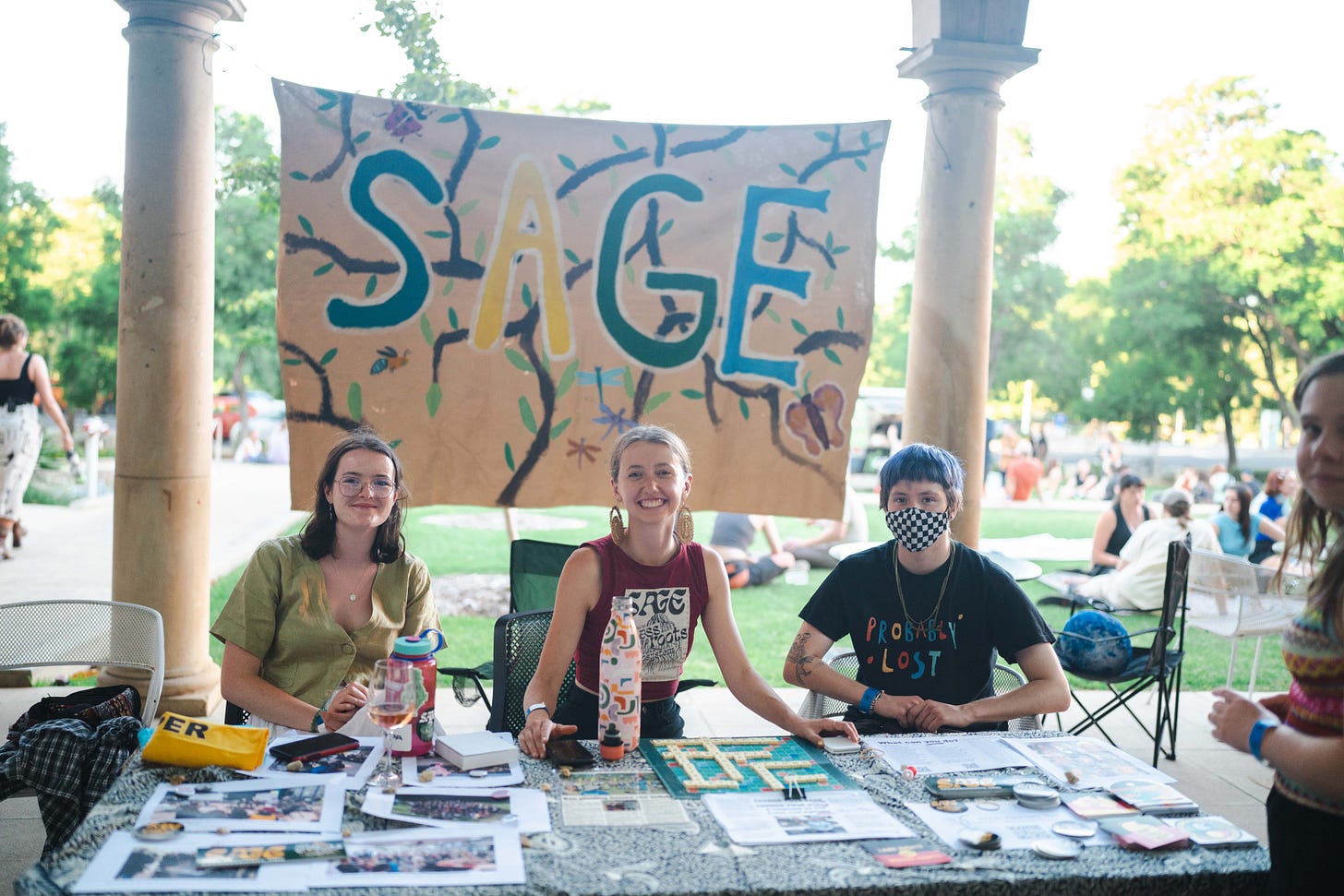
SAGE is a community of environmental activists working towards highlighting the different ways individuals and communities can take action, activate, and celebrate diversity, inclusivity, and the environment. They hold monthly gatherings for discussion and workshops surrounding their environmental projects and concerns, opening up opportunities for different groups to engage and participate. Whether it’s blocking a coal port or planting trees, SAGE helps introduce, facilitate, and inform its participants about a wide and diverse spectrum of environmentally productive activities and contributions. In 2023, they hosted Active Resilience Adapting to a Changing World, an event held at various locations around Adelaide University that approximately 200 people attended. For Char, it felt “like a bigger version of a SAGE gathering”, with activities and workshops to participate in and speakers to listen to, planting the seeds (excuse the pun) for the conception of Earth Jam.
I asked Char to discuss the role of community engagement in driving environmental change, and how an organisation like SAGE fosters connections and partnerships within its networks.
“I think the power of the people is enormous and something we really need to understand. We need bottom-up and top-down change, community organisation, and systematic change. I think one of the biggest learnings I've had from campaigning is that it's so important to engage with political processes. As incredibly frustrating as they are, it’s really important for systematic change.” – Char
She hopes that SAGE continues to grow, especially at a time when the state government has attempted to silence activists by bringing about the strictest protest laws in the country. Perhaps at some point, there will be a version of SAGE across the entire country, so their ideas and messages can be heard by as many communities as possible…
“Because we need bold, brave leaders. To force our leaders to be bold and brave for us, we need to be loud, and show them that we really care about issues, because otherwise they'll have no appetite for change.” – Char
How does she balance the need for immediate action on pressing environmental issues with the long-term vision of sustainability and regeneration?
“It's a wonderful question and not something that I’ve necessarily mastered yet. I think ultimately we need both. We need that immediate action and we need people who can sustain themselves, because this is going to be a long, long fight. I think that the key focus is that as individuals, we have to look after ourselves, and looking after ourselves has to be the number one before we can look after anyone else. But as a community, we're still powerful because we lean on each other, we support each other, and we can rest when we need to.” - Char
I think this is an important sentiment. There’s such an intimidating and dispiriting list of issues in the world to keep track of and educate oneself on, that often it can be challenging to remain engaged and active, especially with everything else going on in our personal, social, professional, or academic lives. As much as we want to be involved, it’s easy to stretch ourselves too thin, which is when we have to prioritise our wellbeing above all. Char raised a great example, mentioning that she’d had to leave a recent SAGE gathering because of a spike in her blood sugar levels:
“So that was another classic reminder that your health has to come first. Otherwise, you can't show up for the people around you.” - Char
Quick side note before moving on: I'd like to shout out my beautiful friend Justice Stalman, the most passionate and unyielding activist I know, who never fails to express their opinion on important topics and encourage productive conversation, no matter the setting. Justice is a warrior and a hero, and I'm proud to know them. 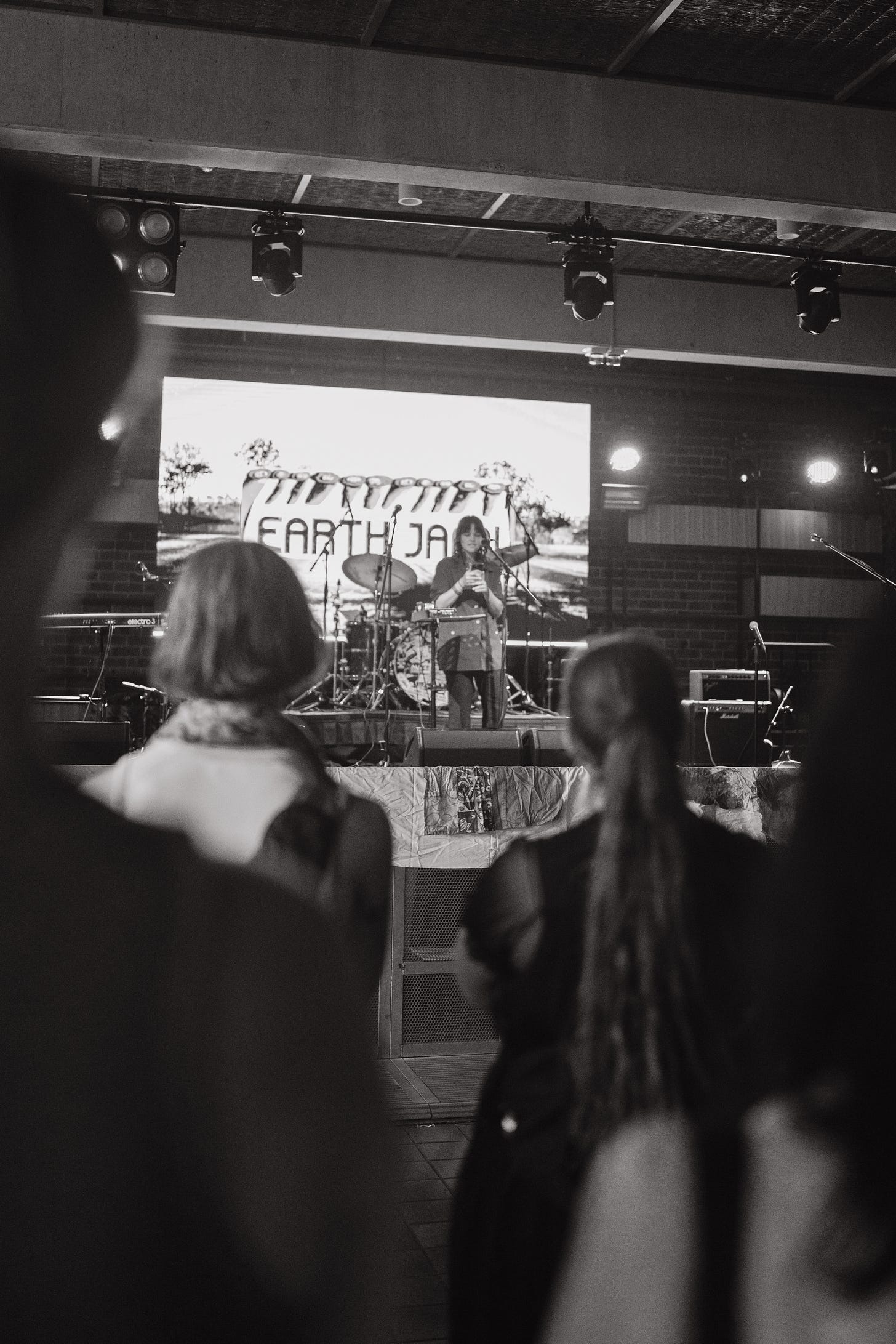
Earth Jam united the different worlds of music, art, activism, and environmentalism. Striking that balance between entertainment and activism to ensure attendees were entertained and engaged cannot have been a straightforward task. In her role as co-organiser, Char wanted to recognise the heaviness of the climate crisis we currently find ourselves in and highlight its importance. However, she also wanted the event to feel uplifting, channelling people’s energy in a hopeful and productive direction, so they could feel joyful in the act of resistance in spite of the politically driven (social) media culture that attempts to quash our hopes and dismiss our potential solutions. Despite the heaviness of the topics being discussed, it was a genuinely uplifting and heartwarming occasion, which is a testament to how well it was organised: engaging and entertaining, but also informative.
“We sort of had to prove [the concept of Earth Jam] to people and describe something that was mostly just in myself and the co-organiser's brain, and bring it to life and get people to trust our vision and come along.” - Char

I asked her about the coming together of activism and art. Char views art and music as vehicles for environmental advocacy, an intertwinement through which we can influence culture, raise awareness, spark conversation, evoke emotion, and create profound connections between individuals and the environment. Part of the problem is that often environmental concerns can suffer the “out of sight, out of mind” attitude, which disrupts the capacity of environmental organisations and communities to encourage people to act. Sometimes, unless the problem lies on our doorstep, when we're currently experiencing a heat wave or a bushfire, or know people who are, it can be difficult and frustrating to activate people. But Char believes that art can bridge that emotional gap between something that feels intangible and something real, helping evoke a sense of empathy and action.
And she’s absolutely right. At its core, art possesses the unique ability to spark emotional connections between individuals and the issues that require discussion and action. Whether it be through music, visual art, or literature, artists can evoke compassion and attentiveness, leveraging symbolism, metaphor, or allegory to transcend linguistic and cultural barriers. As I’m writing this, a song that immediately comes to mind is Druid Fluids’ Timeline, a song teeming with environmentalist messages and political allegory that compels the listener to imagine a future ravaged by the climate apocalypse.
“In the future I see trees with plastic bag leaves
As you decide to pull the plug on the ocean
You take a step inside for fresh air and act like
It's a part of God's great plan”- Lyrics from Timeline by Druid Fluids
Beyond merely raising awareness, art has the potential to stimulate meaningful social change by inspiring action and mobilising communities. By creating spaces for dialogue, collaboration, and collective action, art supports a sense of solidarity among groups and communities. Just like activism, art is defiance. Through creating art we can push back against the status quo, challenge authority, and expose injustices, whilst embracing diversity, individuality, and the exploration of identity. Ultimately, art leaves an inimitable mark on our collective consciousness, as not just a thread, but the very fabric that binds us together, weaving stories of resilience, resistance, and hope.
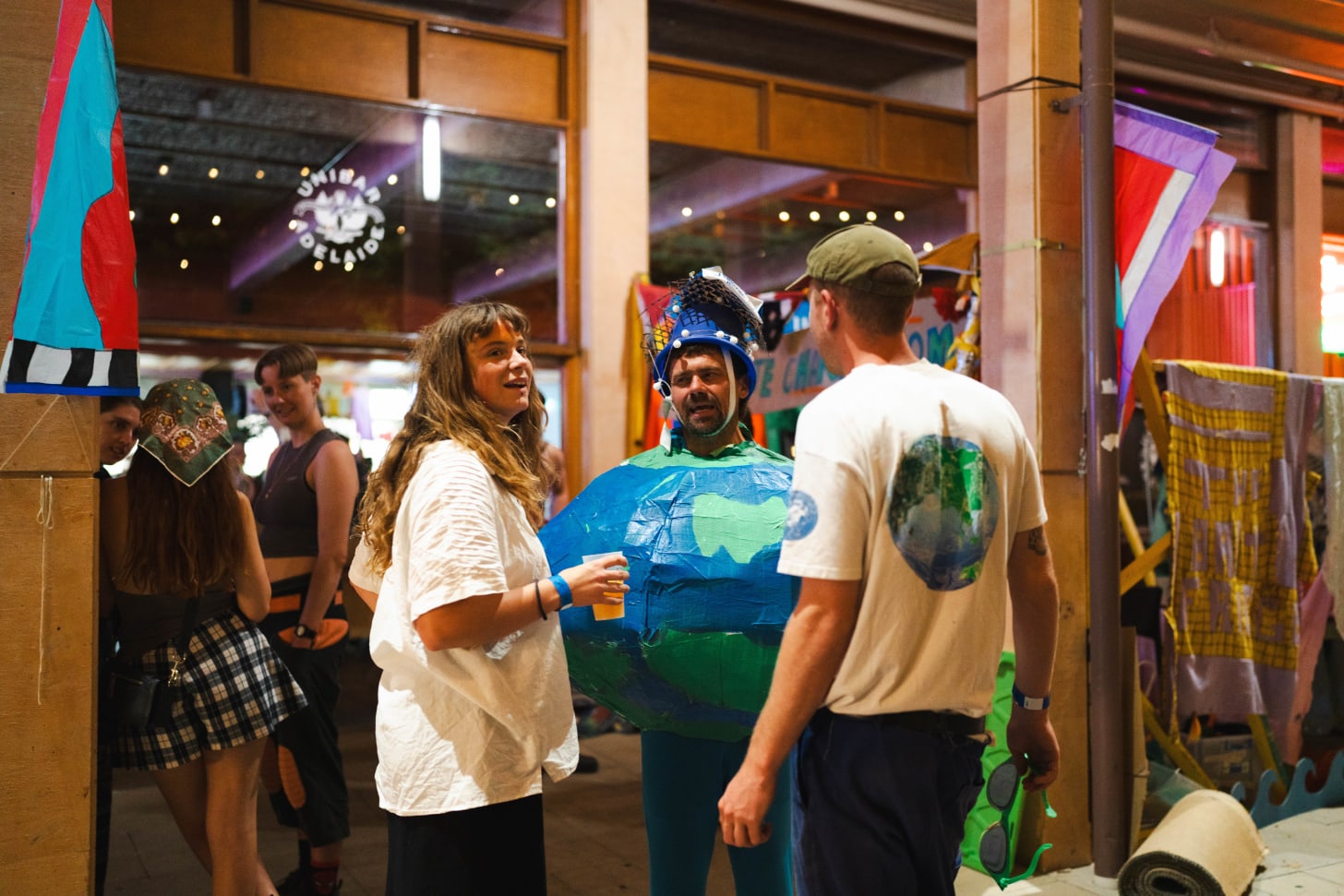
How do events like Earth Jam contribute to building a sense of community and shared responsibility for environmental activism?
“I think they’re hugely important. Often we kind of operate in these silos, sort of doing similar things and repeating the work that we need to. I think the more that we can have these healthy collaborations the better, and I think ultimately the movement is stronger the more we collaborate. I'd like to see a lot more sharing of resources and sharing of wisdom, and I suppose the big vision ultimately is to kind of connect all of the various organisations and people in the movement with each other.” - Char
The night produced a deep sense of community and connection. It felt warm, hopeful, and community-minded. It was delightful to connect with like-minded, kind-hearted people in a respectful and creative environment, wherein the young could unite with the old to celebrate our beautiful world and open our minds to innovative ways of healing our planet. For Char, the most rewarding aspect of Earth Jam was connecting all the various communities and seeing the joy that people found from this merging of different worlds.
“I had someone say to me: “This is my dream! This is something I've been trying to do for so long, merging my music friends and my art friends and my environmental friends.”” - Char
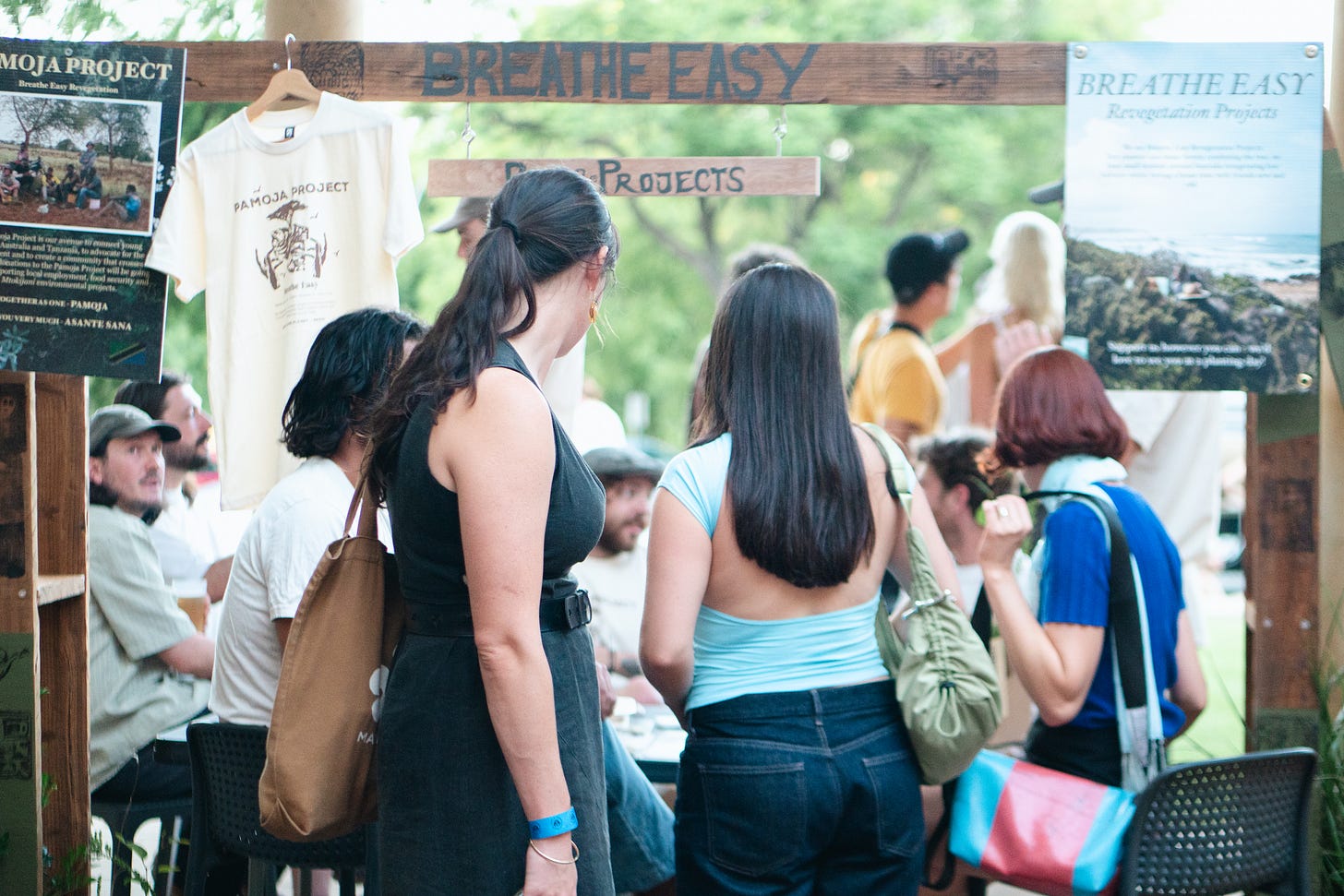
She hopes that people feel invigorated and prepared for another year of significant change in the political space, particularly in response to climate records, such as ocean temperatures and heat records. Char is ready to face these challenges and take action, with hope and connection at the heart of her fighting spirit. But as I mentioned earlier, this is no battle to wage on our own, and NGOs like SAGE and the Nature Conservation Society work in small teams and receive little funding. Despite the logistical challenges she faced co-organising Earth Jam, Char says she would love to host another iteration next year, but underscores the need for greater government funding towards NGOs and grassroots organisations.
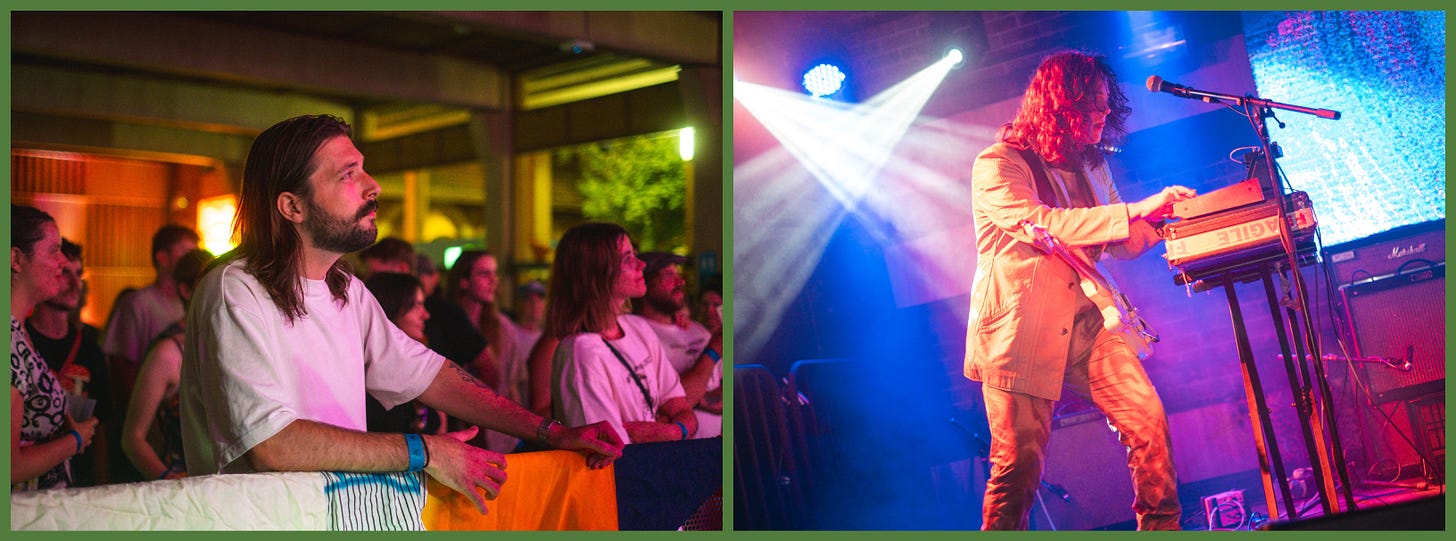
If the fantastic minds behind such a great event can organise some justified support and funding, I would love to see an Earth Jam 2 in the future. As an artist, I believe art and activism go hand-in-hand, and think events like Earth Jam, that celebrate this intertwining, represent incredibly important - no, crucial - steps towards greater environmental awareness and a greener world.
Thanks again to Charlotte for meeting with me and answering my questions. Char is someone I hold a great deal of admiration for. She is wonderfully intelligent, attentive, and passionate, and it is people like her that will guide us towards the future we deserve.
This article was written, recorded, and edited on the traditional lands of the Kaurna People. The Infinite Rise observes that Country is central to the social, cultural and spiritual lives of Aboriginal people. Sovereignty was never ceded. Always was, always will be, Aboriginal Land.







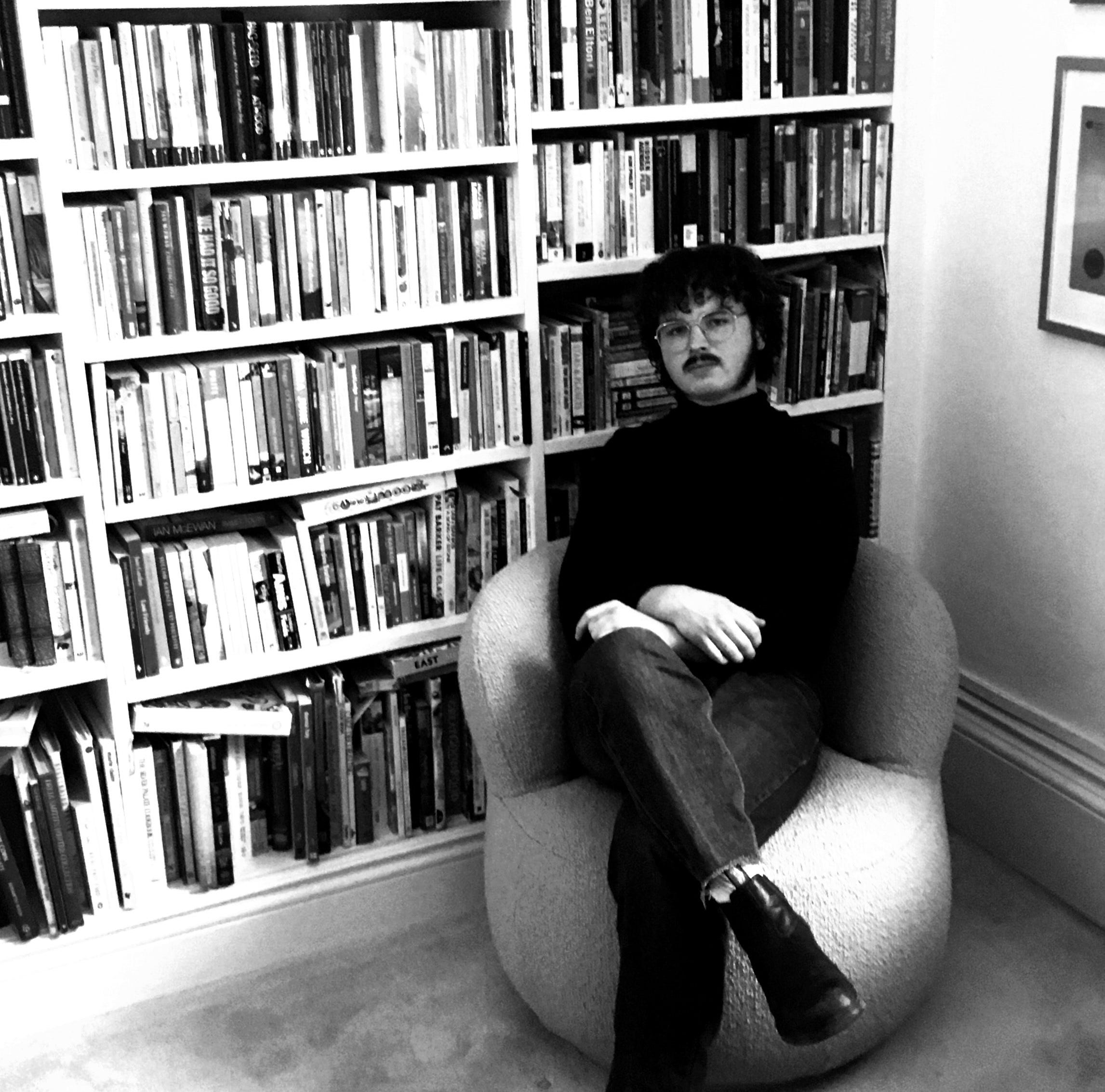
Thanks Max, as always I look forward to your next article